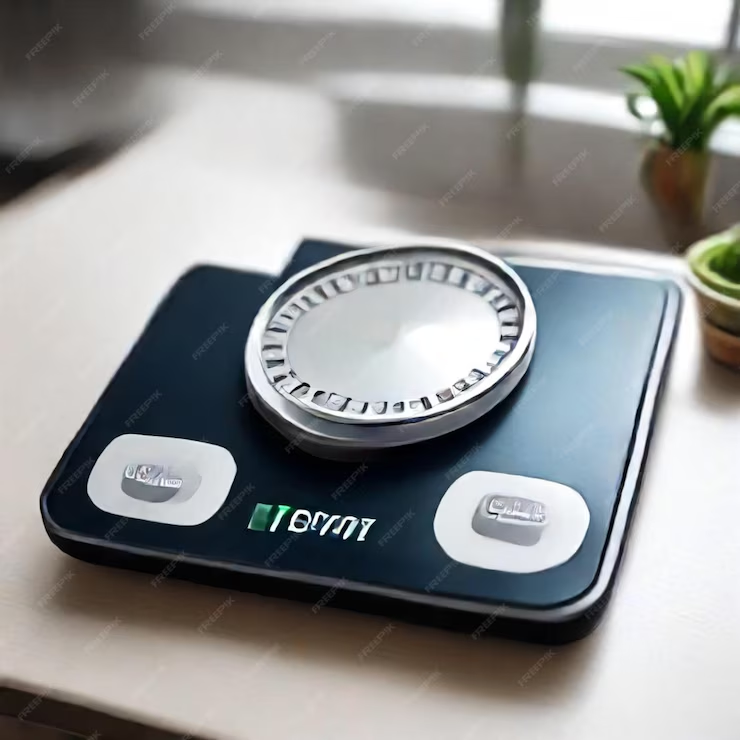how much does caseoh weigh? A Comprehensive Guide

When it comes to smartphone accessories, one of the most important considerations is the weight of the case. Among the many brands available, Caseoh has gained popularity for its stylish designs and protective features. But just how much does a Caseoh weigh, and what factors should you consider when selecting a phone case? In this article, we will explore the weight of Caseoh cases, the implications of weight on usage, and how to choose the right case for your needs.
Understanding Caseoh and Its Offerings
Caseoh is a brand known for producing a variety of smartphone cases that balance style, durability, and functionality. With options ranging from sleek, minimalistic designs to rugged, heavy-duty cases, Caseoh aims to cater to diverse consumer preferences. Their cases are designed for different phone models, ensuring that users can find the perfect fit for their devices.
Set up an Instagram Shop for a seamless shopping experience. This feature allows users to buy directly from your profile. Ensure your product images are clear and appealing. Use Allofinsta‘s insights to understand what your audience likes. Tailor your offerings based on their interests. Happy customers will lead to more sales and growth.
Types of Caseoh Cases
Before diving into the weight specifics, it’s essential to understand the different types of cases that Caseoh offers:
- Slim Cases: These are lightweight and designed for users who prefer a minimalistic look while still providing basic protection against scratches and minor drops.
- Hybrid Cases: Combining materials like silicone and polycarbonate, hybrid cases offer enhanced protection while remaining reasonably lightweight.
- Rugged Cases: These cases are built for maximum protection, often incorporating multiple layers of material to withstand significant impacts. Naturally, they tend to be heavier than their slim or hybrid counterparts.
- Wallet Cases: Featuring slots for cards and cash, wallet cases provide functionality beyond just phone protection. They can vary in weight depending on the materials used.
How Much Does a Caseoh Weigh?
The weight of a Caseoh case can vary significantly based on the type of case and the specific materials used. Here’s a breakdown of the approximate weights for different types of Caseoh cases:
- Slim Cases: Generally, slim cases weigh between 30 to 50 grams (1.1 to 1.8 ounces). These cases are designed to add minimal bulk while providing a basic level of protection.
- Hybrid Cases: Hybrid cases typically weigh around 50 to 80 grams (1.8 to 2.8 ounces). They strike a balance between protection and weight, making them a popular choice for everyday use.
- Rugged Cases: Due to their multi-layer design and additional materials, rugged cases can weigh between 80 to 150 grams (2.8 to 5.3 ounces) or more. These cases are perfect for individuals who need extra protection in challenging environments.
- Wallet Cases: The weight of wallet cases can vary widely, typically ranging from 70 to 120 grams (2.5 to 4.2 ounces). The inclusion of card slots and cash compartments adds to the overall weight.
Factors Influencing Weight
Several factors influence the weight of a Caseoh case, including:
- Materials: The type of materials used in the case construction significantly affects weight. Lightweight plastics may make for a lighter case, while heavier materials like metal can increase weight.
- Design Features: Additional features, such as built-in kickstands or reinforced corners, can add weight. Cases designed for maximum protection will generally be heavier than those focused on aesthetics.
- Size and Model: The size of the phone also plays a role in the case’s weight. Larger cases designed for bigger phones will naturally weigh more than those for smaller devices.
The Implications of Weight on Usage
When selecting a phone case, weight is an important factor to consider. Here are some implications of case weight on daily use:
1. Portability
For users who prioritize portability, a lighter case is often more desirable. Slim cases provide a sleek profile that makes it easy to slip the phone into a pocket or purse without adding bulk. If you’re someone who carries your phone around all day, the weight of the case can make a noticeable difference in comfort.
2. Protection vs. Weight
While lightweight cases offer portability, they may not provide the same level of protection as heavier cases. For individuals working in demanding environments—such as construction sites or outdoor settings—a rugged case may be worth the extra weight for the added protection it offers.
3. Aesthetic Preferences
Many consumers are drawn to lightweight cases because they allow the design of the phone to shine through. Heavier cases may obscure the phone’s aesthetics, while lighter cases maintain the device’s sleek look. However, some users prefer the substantial feel of a heavier case, associating it with better protection.
4. Battery Life and Overall Comfort
A significantly heavier case can alter the phone’s balance, potentially leading to discomfort during prolonged use. Additionally, the extra weight can lead to fatigue when holding the phone for extended periods, such as during video calls or gaming sessions.
Choosing the Right Case for Your Needs
Selecting the right Caseoh case involves considering various factors beyond just weight. Here are some tips to help you make an informed decision:
1. Assess Your Lifestyle
Consider your daily activities and environment. If you’re often outdoors or in rugged conditions, a heavier, more protective case might be necessary. For those who primarily use their phone in less demanding settings, a slim or hybrid case could suffice.
2. Prioritize Protection vs. Aesthetics
Determine what is more important to you: protection or the aesthetic appeal of your phone. While a heavier case may offer more protection, a lighter case allows for a sleeker look. Finding a balance that suits your preferences is crucial.
3. Test for Comfort
If possible, try handling different cases before purchasing. This can help you gauge how the weight affects your comfort and usability. Some retailers allow customers to feel the product before buying, which can be beneficial.

4. Read Reviews
User reviews can provide insights into the real-world performance of a case. Look for feedback regarding weight, comfort, and protection to make an informed choice. Often, other users will highlight how the weight of the case impacted their experience.
5. Consider Future Needs
Think about how your needs might change over time. If you plan to use your phone for specific activities—like travel or outdoor adventures—you may want to invest in a case that offers more protection, even if it’s heavier.
Conclusion
When it comes to smartphone cases, the weight of a Caseoh can vary widely depending on the type and materials used. Understanding the implications of weight on usage, protection, and aesthetics can help you choose the perfect case for your lifestyle. Whether you prioritize a lightweight design or robust protection, Caseoh offers a range of options to meet your needs.
Ultimately, the right case is one that fits seamlessly into your daily life, offering the protection you need without compromising on style or comfort. As technology evolves and smartphone designs change, the importance of selecting a case that aligns with your preferences will only grow. So, take the time to explore the offerings from Caseoh, weigh your options, and find the case that best suits you.





